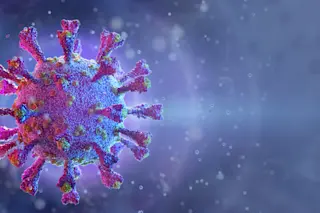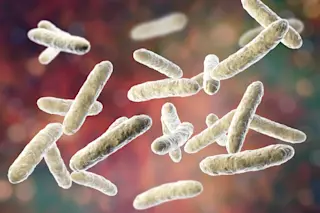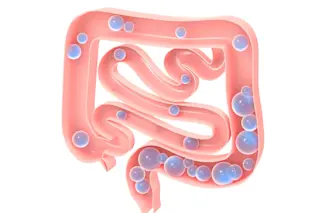In the first confirmed case of drug-resistant swine flu worldwide, a Danish patient developed resistance to Tamiflu, the antiviral treatment used for flu prevention and treatment. The patient recovered and did not appear to have passed the resistant strain to others. While a drug-resistant virus could make it harder to treat and prevent the spread of the flu, experts maintain that the isolated case is not a cause for alarm, and say Tamiflu is still effective against the swine flu. A spokesman for Tamiflu manufacturer Roche says the Danish patient developed drug-resistant swine flu while taking the drug as a preventative to avoid the contraction of swine flu.... He was probably already infected with the virus, and resistance to the drug emerged because he was given the lower preventative dose
The U.S. Centers for Disease Control and Prevention continues to recommend Tamiflu to treat the flu, along with another flu drug, Relenza. The World Health Organization also is expected to keep supporting the use of Tamiflu. Tamiflu-resistant
This type of resistance is known as drug-induced resistance, as opposed to naturally occurring resistance, in which a strain itself mutates to become unresponsive to a medication.
strains of the seasonal flu have been found in Japan, which has used more than half the world’s supply of the drug each year. But those strains were weak and did not spread. A Tamiflu-resistant strain of the H5N1 bird flu was also isolated from a Vietnamese patient being treated with low-dose Tamiflu in 2005, but it also died out
.
It wasn't until last year that a Tamiflu-resistant strain of influenza successfully spread, but instead of stemming from drug-induced resistance, it arose
from a spontaneous mutation known as H274Y on the N gene. The mutant strain dominated the seasonal H1N1 flu during the past flu season in the United States, before swine flu was discovered in Mexico [The New York Times].
Experts say that they'll be more worried if a drug-resistant strain of swine flu pops up in the Southern Hemisphere, where flu season is in full swing, because that could indicate that the swine flu virus and the seasonal flu virus are mixing. Some nations, such as Australia and Singapore, remain wary of the possibility of flu resistance to Tamiflu and have added Relenza to their virus-fighting stockpile at the recommendation of Relenza's manufacturer. GlaxoSmithKline executive Christophe Weber says the firm had advised governments to keep the inhaled Relenza drug at 30-50 percent of their overall flu drug stockpiles, which mainly comprise the Tamiflu capsule made by competitor Roche. "There have been some publications showing that there is some level of resistance developed for Tamiflu," Weber said....
"In case there will be more resistance to Tamiflu, and Relenza will be a good alternative" [Reuters]. Relenza will make up a third of Australia's stockpile of flu treatments once its contract with GlaxoSmithKline is fulfilled.
Related Content: 80beats: CDC: Swine Flu Won’t Be Taking a Summer Vacation 80beats: Swine Flu to Be Declared a Pandemic–But It’s Not as Bad as It Might Sound 80beats: Risk Factors for Severe Swine Flu Include Lung Ailments, Pregnancy, and Obesity Image: flickr / ahisgett














